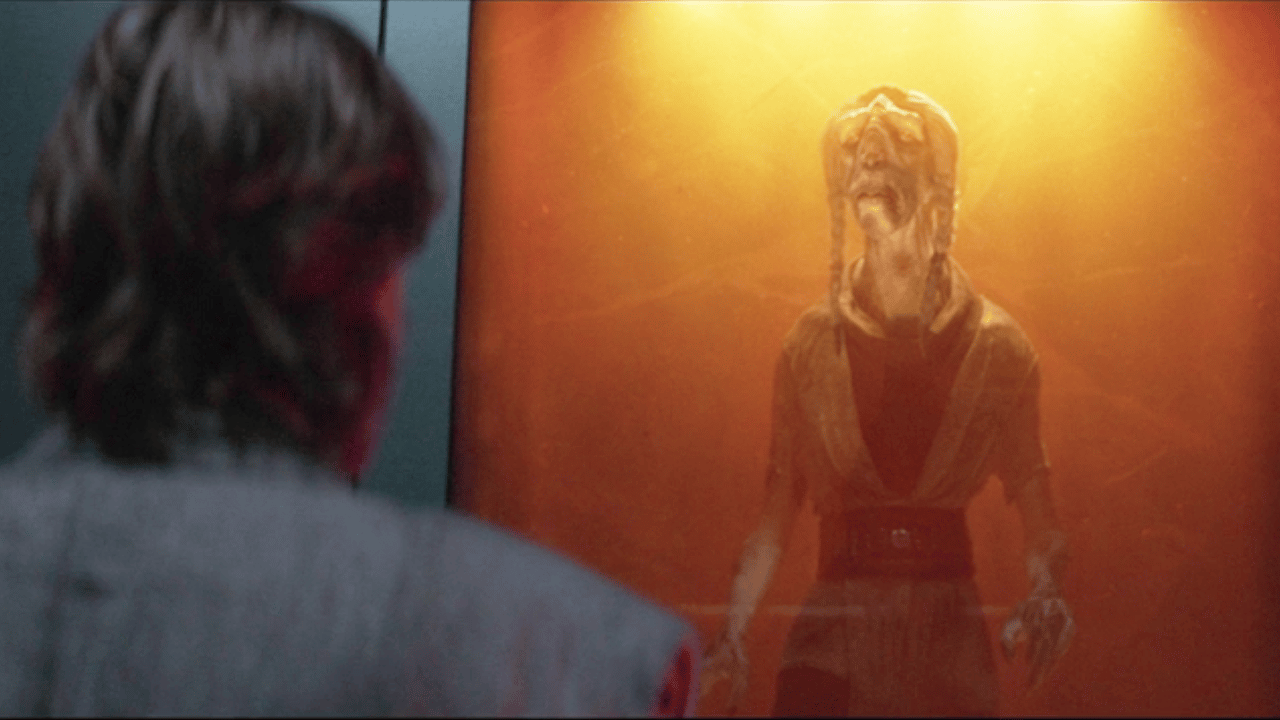The Science Behind Carbonite Freezing
Image Source: Games Radar
The image of Han Solo encased in carbonite near the end of Empire Strikes Back is iconic. A lot happens off-screen before we see him again, when Leia stealthily frees Han of the carbonite in Return of the Jedi. Han is unable to see immediately, but his eyesight returns in time. At one point in the comics, Qi’ra has brief possession of Han. While trying to save Han, Leia is also captured and put into a carbon freeze, though Luke and Lando quickly save her before they refocus on saving Han.
While the movies don’t address much else about the subject, plenty of other pockets in the Star Wars universe delve into carbonite and its many uses. Star Wars fans recently watched Din Djarin use carbonite to hold multiple prisoners aboard his ship, as seen in The Mandalorian. But holding prisoners wasn’t even its original purpose; there is a whole science and history that goes into how carbonite works.
RELATED:
Carbonite was originally discovered by scientists on the planet Koros Major, a deep-core planet that was key to the Great Hyperspace War. Carbonite’s peculiar stasis qualities ushered in a new era of space travel in a time before the Republic was even formed, allowing space travelers to stay alive for significantly long periods of time during hyperspace travel. The invention of hyperdrives, of course, made this use for carbonite obsolete, though it could still freeze volatile substances, such as coaxium - the all-important resource in Solo: A Star Wars Story.
Carbonite is a metal alloy comprised of a mixture of carbon and tibanna gas that are compressed and flash frozen into blocks for transportation. A key effect of its composition is its ability to cut off Force users from using the Force and connecting to others while encased in carbonite. Sometimes that would work in favor of the Force user; Anakin Skywalker, for example, purposefully froze himself in carbonite to sneak into an enemy facility undetected during an episode of The Clone Wars.
Carbonite was also useful in creating military weapons. Since the days of the Old Republic, carbonite guns were used to spray the freezing substance on enemies to paralyze them, which made it easier to take them as hostages.
Taking the prisoner idea one step further, some people weren’t shy about putting the contents of their carbonite (usually people) on display as artwork or trophies. Jabba the Hutt enjoyed displaying Solo in his palace in Return of the Jedi. In multiple Legends books, Moruth Doole, the administrator of the spice mines of Kessel during the original trilogy, froze the body of a previous warden of the Kessel prison system and displayed him on his wall.
Some locales also used carbonite to bury dead bodies. Senator Viento, who was killed by Quinlan Vos during the Clone Wars era, was encased in carbonite and buried in the Senatorial Tombs.
Image Source: Geek Ireland
During the fourth episode of Obi-Wan Kenobi on Disney Plus, Obi-Wan discovers numerous Jedi fully preserved in a mysterious tomb. Though the substance used for their preservation doesn’t appear to be carbonite (seemingly a sort of transparent gel instead of steel), it may contain similar properties. We’ll have to wait and see if that idea is explored any further in future Star Wars projects.
READ NEXT:




